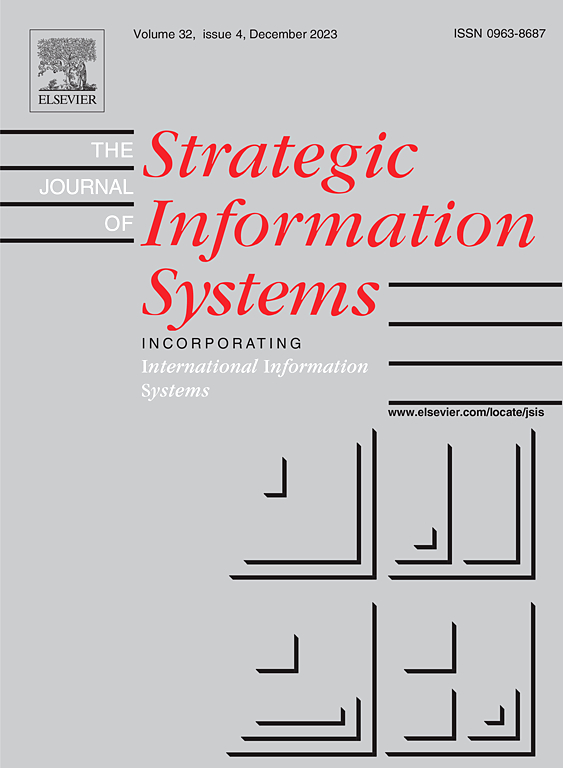Geometric complexity theory for product-plus-power
IF 1.1
4区 数学
Q4 COMPUTER SCIENCE, THEORY & METHODS
引用次数: 0
Abstract
According to Kumar's recent surprising result (ToCT'20), a small border Waring rank implies that the polynomial can be approximated as a sum of a constant and a small product of linear polynomials. We prove the converse of Kumar's result and establish a tight connection between border Waring rank and the model of computation in Kumar's result. In this way, we obtain a new formulation of border Waring rank, up to a factor of the degree.
We connect this new formulation to the orbit closure problem of the product-plus-power polynomial. We study this orbit closure from two directions:
1. We deborder this orbit closure and some related orbit closures, i.e., prove all points in the orbit closure have small non-border algebraic branching programs.
2. We fully implement the geometric complexity theory approach against the power sum by generalizing the ideas of Ikenmeyer-Kandasamy (STOC'20) to this new orbit closure. In this way, we obtain new multiplicity obstructions that are constructed from just the symmetries of the polynomials.
乘积加幂的几何复杂性理论
根据Kumar最近令人惊讶的结果(ToCT'20),一个小的边界Waring秩意味着多项式可以近似为一个常数和一个小的线性多项式的乘积。我们证明了库马尔结果的逆命题,并在库马尔结果中建立了边界沃林秩与计算模型之间的紧密联系。这样,我们得到了一个新的边界警戒秩的公式,达到了一个因子的程度。我们将这个新公式与积加幂多项式的轨道闭合问题联系起来。我们从两个方向研究这种轨道闭合:1。我们对这个轨道闭包和一些相关的轨道闭包进行了分解,即证明了轨道闭包中的所有点都具有小的无边界代数分支规划。通过将Ikenmeyer-Kandasamy (STOC'20)的思想推广到这个新的轨道闭合,我们完全实现了对幂和的几何复杂性理论方法。通过这种方法,我们得到了新的由多项式的对称性构成的多重障碍。
本文章由计算机程序翻译,如有差异,请以英文原文为准。
求助全文
约1分钟内获得全文
求助全文
来源期刊

Journal of Symbolic Computation
工程技术-计算机:理论方法
CiteScore
2.10
自引率
14.30%
发文量
75
审稿时长
142 days
期刊介绍:
An international journal, the Journal of Symbolic Computation, founded by Bruno Buchberger in 1985, is directed to mathematicians and computer scientists who have a particular interest in symbolic computation. The journal provides a forum for research in the algorithmic treatment of all types of symbolic objects: objects in formal languages (terms, formulas, programs); algebraic objects (elements in basic number domains, polynomials, residue classes, etc.); and geometrical objects.
It is the explicit goal of the journal to promote the integration of symbolic computation by establishing one common avenue of communication for researchers working in the different subareas. It is also important that the algorithmic achievements of these areas should be made available to the human problem-solver in integrated software systems for symbolic computation. To help this integration, the journal publishes invited tutorial surveys as well as Applications Letters and System Descriptions.
 求助内容:
求助内容: 应助结果提醒方式:
应助结果提醒方式:


